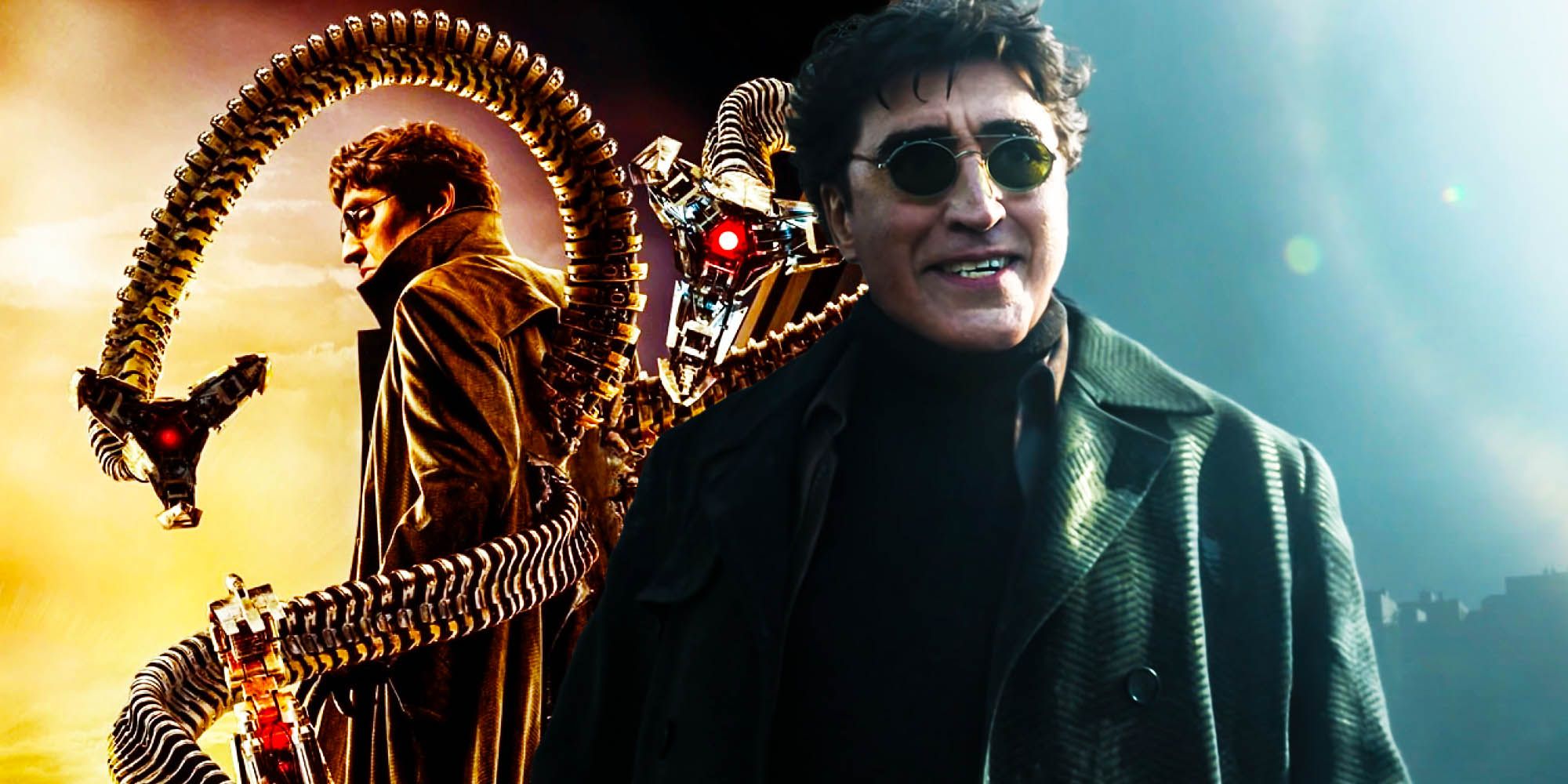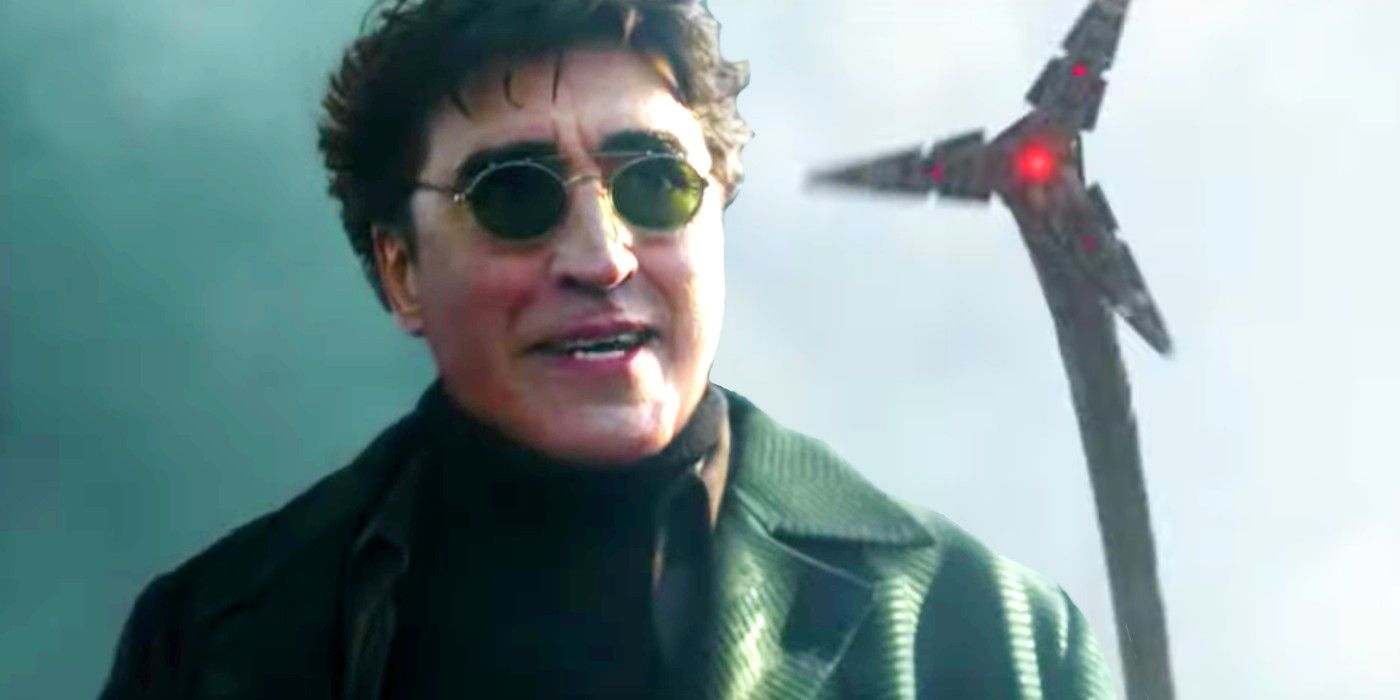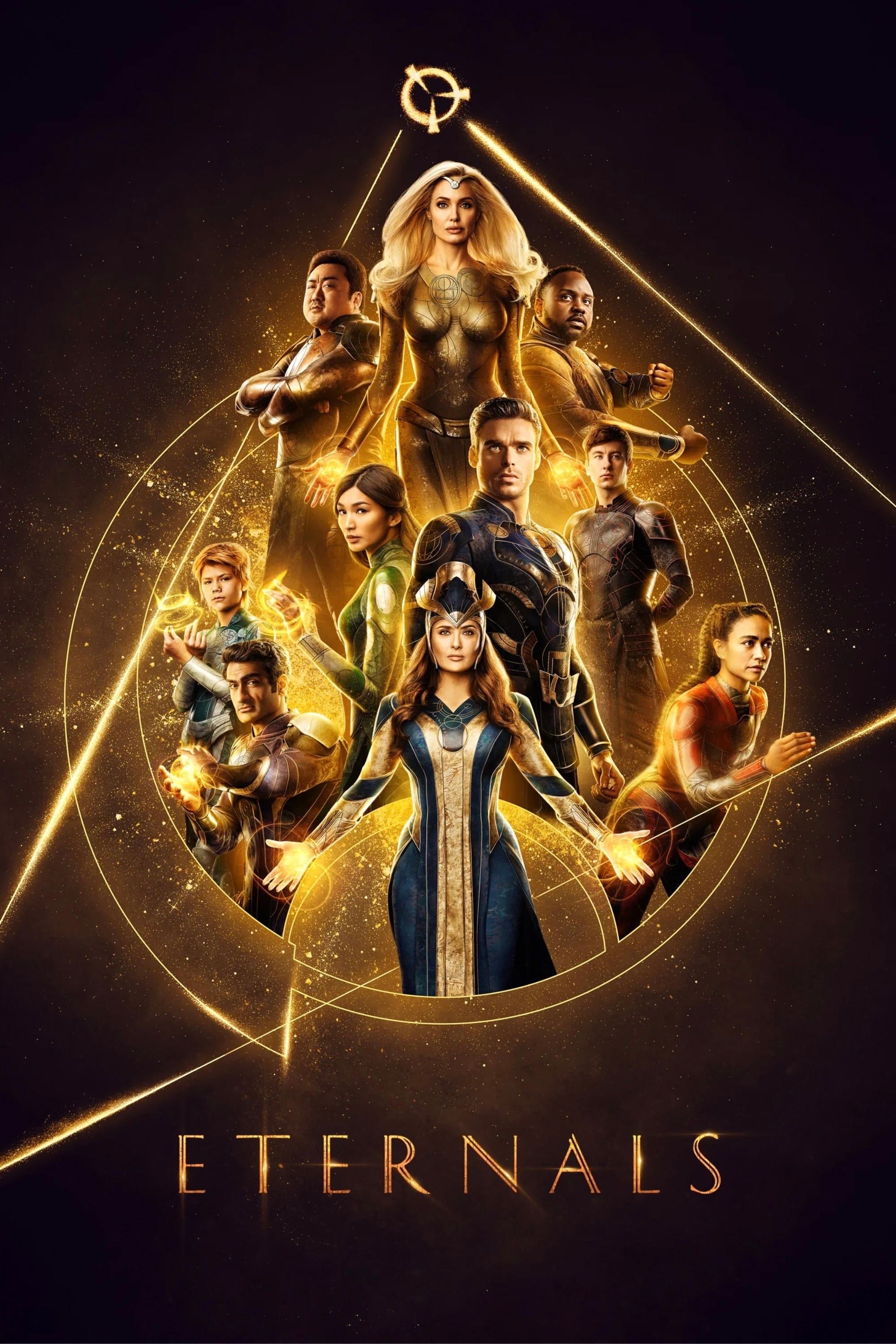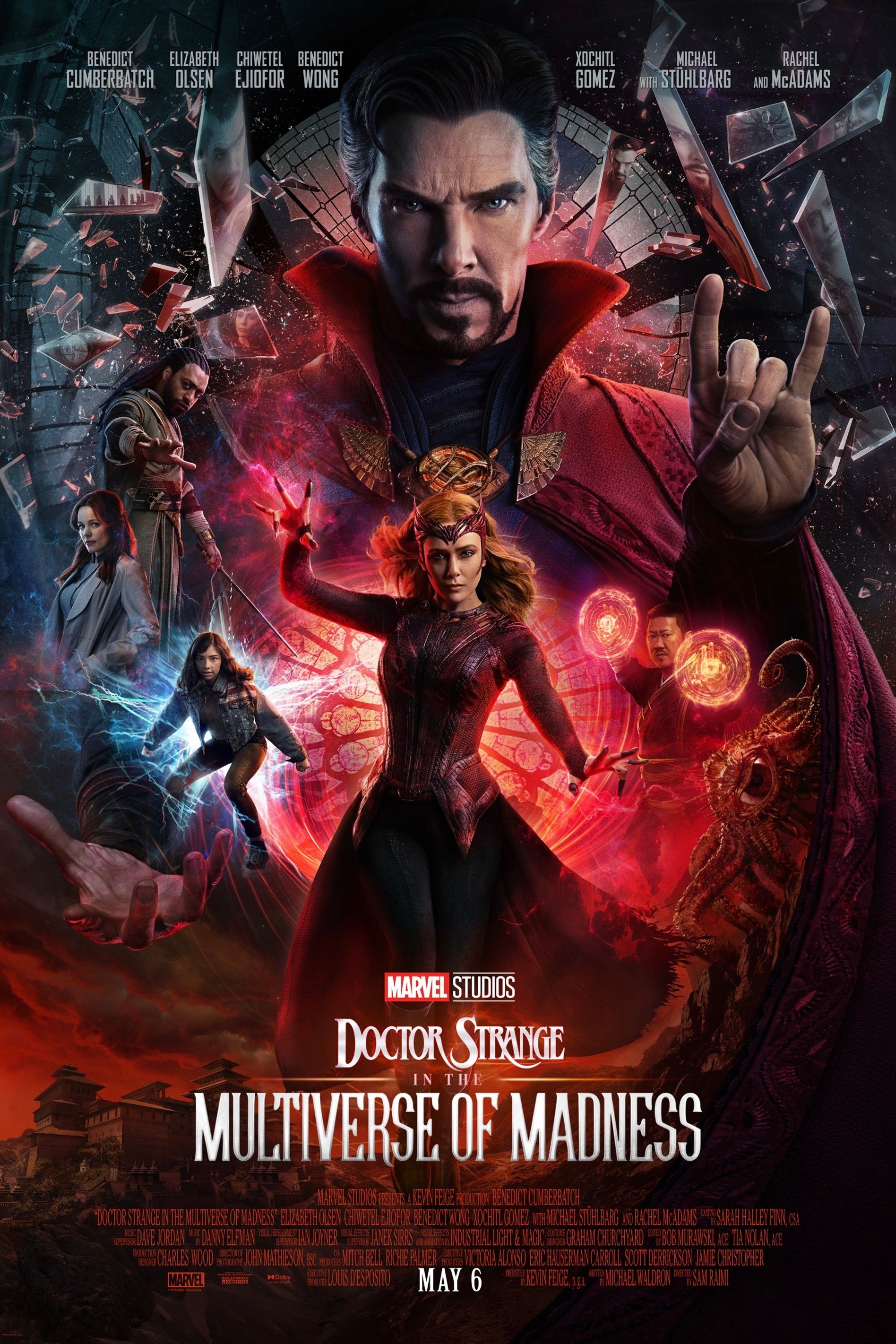Alfred Molina will return as Doctor Octopus in Spider-Man: No Way Home, but his tentacles will be brought to life with CGI, unlike Spider-Man 2’s puppetry, which is a mistake. Doctor Octopus is often considered one of Spider-Man’s greatest foes, only second to Norman Osborn, aka the Green Goblin. Otto Octavius was brought to life by Alfred Molina, whose performance mixed brilliance, humor, humanity, and menace, contributing to Spider-Man 2’s critical acclaim. His signature tentacles were a marvel of visual effects, brought to life mostly through puppetry, but supplemented by CGI in some sequences. As revealed by Tom Holland, this won’t be the case in No Way Home.
Otto Octavius, a superlative genius, became Doctor Octopus after a tragic accident grafted a set of four powerful prosthetic tentacles to his body. With his scientific experiment destroyed, his beloved wife dead, and his mind influenced by the arms’ artificial intelligence, Otto became a murderous criminal. Molina's returning Doctor Octopus died at the end of Spider-Man 2 (after redeeming himself), but the trailer for No Way Home revealed that Molina will be reprising his iconic role once more in the MCU, thanks to Doctor Strange’s botched spell unleashing the multiverse and bringing people from other realities into his.
With Doctor Octopus’ return confirmed, Tom Holland recently spoke about his time working with Molina on No Way Home. Tom specifically mentioned that Doctor Octopus’ tentacles were completely CGI in the upcoming MCU film, a notable departure from Spider-Man 2. This is an unnecessary change, considering how well the original practical effects worked back in 2004, and the common complaints about CGI use in the MCU. While Doctor Octopus in Spider-Man: No Way Home will no doubt be a welcome addition, Marvel should’ve used practical effects.
Doctor Octopus’ tentacles were made mostly through puppetry, with four operators each controlling a different arm and rehearsing their movements with Molina to make them look convincingly responsive to his mind and body. Throughout the film, Otto can be seen mimicking the tentacles’ movements with his human arms, giving a sense of control and synchronization. Whether ripping open a bank safe or removing his glasses, the puppetry worked perfectly. In some sequences, the filmmakers used CGI to show Otto being carried by the tentacles, but this was done sparingly, and not without filming the scenes with practical effects first.
A common criticism of MCU films is the overreliance on CGI, especially in action-packed third acts. While some films are more gratuitous than others in this regard, it nevertheless seems needless to exclusively use CGI for Doctor Octopus’ tentacles after years of complaints about overreliance on CGI. While CGI effects dazzle viewers, they become dated very quickly and easily. The practical effects used for Doctor Octopus’ arms still hold up to this day, but CGI might not stand the test of time so well.
It’s not clear why Disney and Sony have opted to use CGI instead of puppetry for Doctor Octopus in No Way Home. Perhaps the filmmakers have ambitious uses for the arms in fight scenes that they feel would be too demanding for practical effects. Whatever their reason, CGI is far more advanced now than in 2004, and the studios will try to replicate the look and feel of Doctor Octopus’ arms from 2004’s Spider-Man 2. Still, choosing to replace the practical effects with CGI in Spider-Man: No Way Home is a mistake, considering how well the original puppetry worked.








